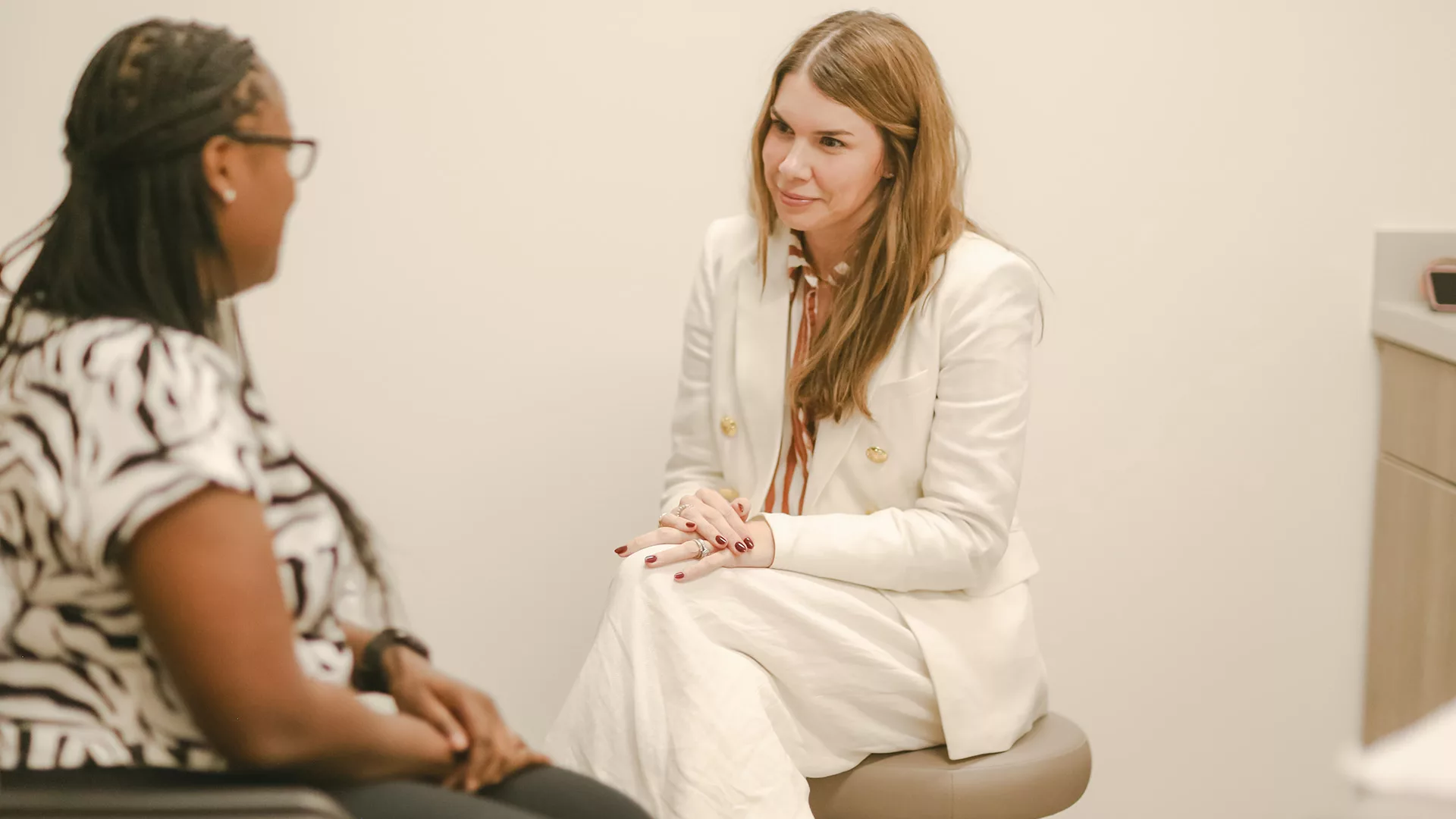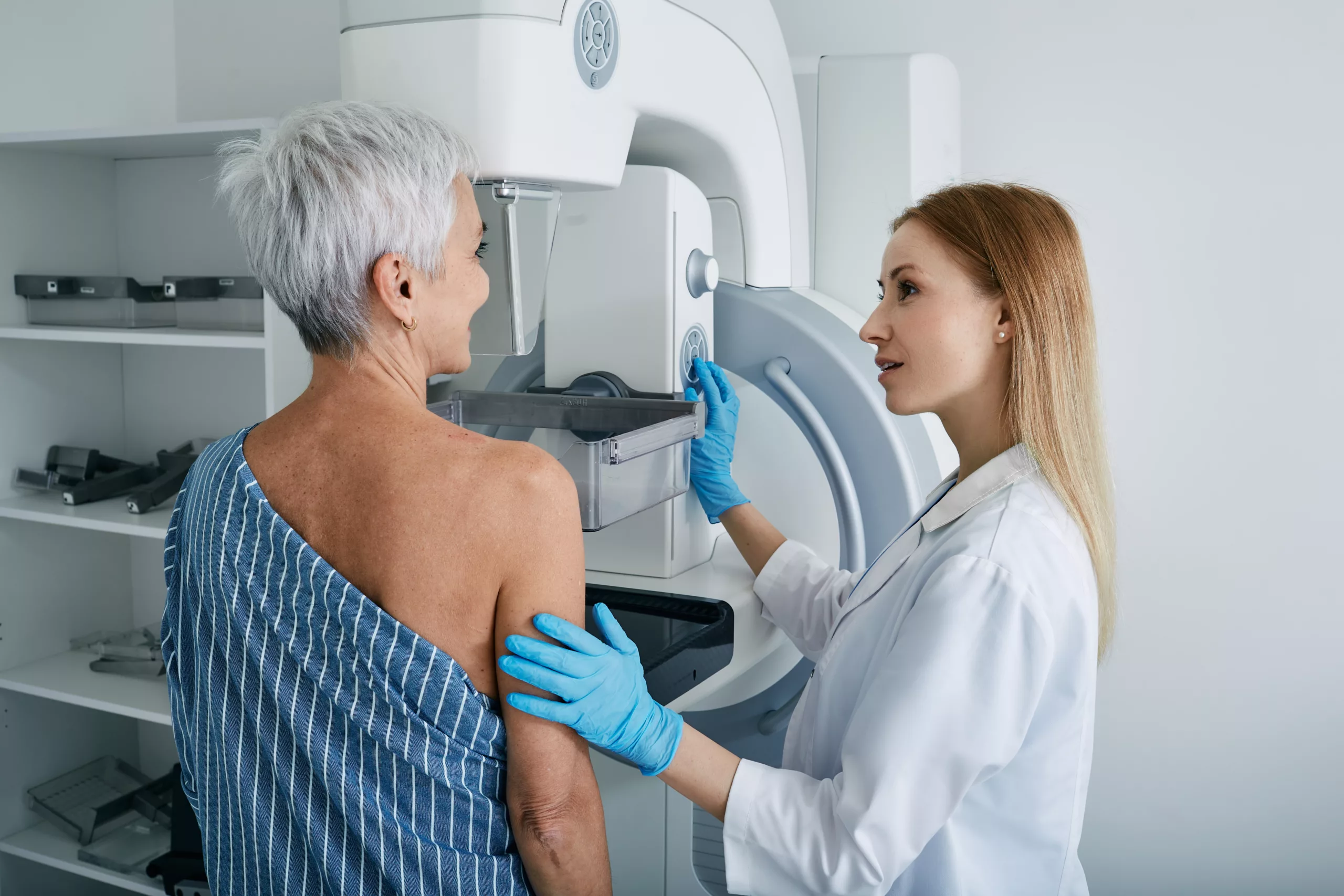Breast Cancer Diagnosis, Biopsy & Tests
When a breast abnormality is found, additional testing helps determine the best treatment plan. At Lowcountry Oncology Associates, we guide you through each step, from the initial biopsy to advanced genomic assays. Our goal is to make complex information clear and to connect you with the testing that will shape a personalized care plan.
Talk to us about testing and we will help you understand your results and next steps.


Who Should Be Screened
- Average risk: According to the National Comprehensive Cancer Network, women should begin yearly screening mammograms at age 40.
- High risk: Women with certain genetic mutations such as BRCA1 or BRCA2, a strong family history, or prior chest radiation may need to start earlier and more frequent screening, sometimes starting in their 20s-30s. Additional imaging, such as MRI, may also be recommended.
- Other factors: Women with dense breasts may also benefit from supplemental screening.
If you are unsure which category you fall into, our team at Lowcountry Oncology Associates can review your health history and provide guidance.
What to Expect
A screening mammogram is a low-dose X-ray of the breast, usually taking 20 to 30 minutes, performed at a dedicated imaging center.
If a screening shows something that needs further evaluation, the radiologist may recommend a diagnostic mammogram or ultrasound. Diagnostic imaging provides more detail and helps clarify whether additional follow-up is needed.
Our role at Lowcountry Oncology Associates is to help you understand these steps, interpret the results in the context of your health, and guide any next decisions for your care.
Finding a Mammogram Near Our Clinics
Our team partners with trusted imaging centers throughout the area. Lowcountry Oncology Associates will help you identify a convenient location, coordinate scheduling, and ensure your results are shared with our providers so your care stays connected and streamlined.
High-Risk Evaluation
Some women may benefit from a personalized, high-risk consultation. During this visit, we:
- Review family history and personal risk factors
- Consider genetic testing, including BRCA and other breast cancer-related genes
- Discuss screening options beyond mammography, such as MRI or ultrasound
- Create a tailored plan for prevention and early detection
Our goal is to give you peace of mind and a clear roadmap for your breast health.
Frequently Asked Questions
What is the difference between a screening and a diagnostic mammogram?
A screening mammogram is for women with no symptoms, usually done yearly starting at age 40.
A diagnostic mammogram is ordered if there are symptoms such as a lump or pain, or if a screening shows an area that needs further evaluation.
Do dense breasts increase breast cancer risk?
Yes. Dense breast tissue can make mammograms harder to read and slightly increase breast cancer risk. Supplemental imaging may be recommended.
What if I have the BRCA mutation?
Women with BRCA1 or BRCA2 mutations often begin screening earlier and may have additional imaging, such as an MRI. Our high-risk evaluation can help guide the right plan.
How do I get started?
You do not need to figure it out alone. Talk to us about screening, and we will help you take the next step.
Take the Next Step
Your breast health matters. Whether it is time for your first mammogram, you have questions about your risk, or you need any guidance on next steps, the Lowcountry Oncology Associates team is here for you.

